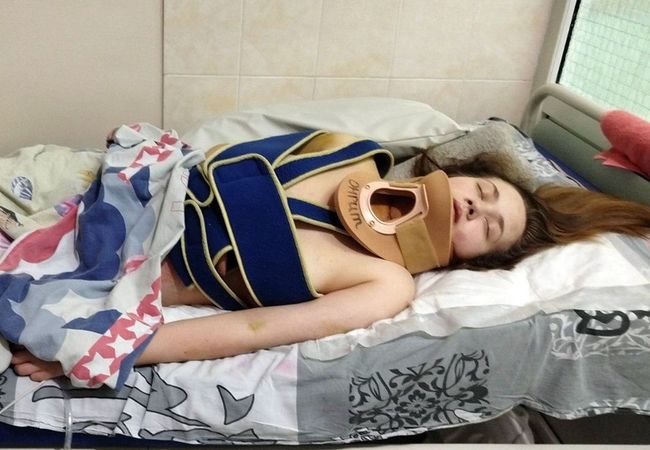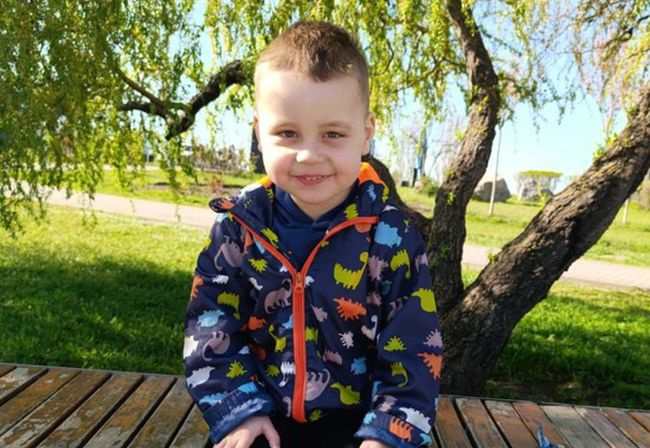Increased supply could help treat leukemia, other diseases
WASHINGTON - The number sounds comforting, but it masks a harsh reality.
Dr. John Wagner can screen 6 million people worldwide in search of a perfect bone marrow match for one of his leukemia patients. Yet, finding that match is often impossible.
“Sixty percent, if not more, can’t go on because they can’t find a donor,” said Wagner, who works at the University of Minnesota Cancer Center.
Prospects may improve in coming years for the 15,000 blood cancer patients each year who can’t find suitable transplants.
The federal government is moving aggressively to create the first national banking system for umbilical cord blood, which contains the same potentially lifesaving stem cells as bone marrow — but with a distinct advantage.
They don’t require that the donor and recipient share the same group of genes essential to getting a transplant to take. As a result, they are less likely to be rejected by the recipient.
“We can find donors for everyone. When I say everyone, upward of 90 percent,” Wagner said.
Last year, the Institute of Medicine took note of the promise of cord blood in a report that called for more federal funding to increase supply and to make it easier for doctors to find the best match for their patients.
The federal government is taking steps to fulfill those recommendations.
The Health Resources and Services Administration recently awarded contracts totaling nearly $10 million to coordinate cord blood donations and to monitor the outcome of transplants.
And, any day now, the agency will award about $14 million to public cord blood banks around the country. The goal: Increase the supply of cord blood donations from 50,000 to 150,000.
The increased supply is particularly important for minority patients. Most bone marrow donors are white, so bone marrow donations mostly help white recipients.
“The problem has been lack of access, lack of diverse specimens and just a gross lack of capacity,” said Rep. Chris Smith, R-N.J., who co-sponsored the legislation that authorized the funding. “The utilization rates for cord blood are going to skyrocket.”
Expand cord blood supply
The New York Blood Center is one of the public banks competing for the money. The center has perhaps the largest collection of cord blood units in the world — about 35,000 units. Most of the nearly two dozen public banks rely on private donations to operate.
“In our case, since we’ve built up such a large inventory, it’s just about break-even,” said Dr. Robert Jones, the center’s president.
But, for smaller cord blood banks, it’s often tougher to make ends meet, he said.
“Now, they’ll have the dollars to get started or to expand their inventory,” he said.
Jones said that processing a unit of cord blood costs between $1,000 and $2,000, depending on how it is collected and stored, and the location of the bank itself. The federal funding won’t pay the full collection cost, but the subsidy should be enough to substantially expand the cord blood supply, Jones said.
Jones doesn’t anticipate that collecting thousands of new donations will pose a problem. Many women would be glad to donate their child’s umbilical cord to a public bank, but have no way of doing so. Their opportunity for donation will surely expand as new banks open and others expand. His company, for example, has three new hospitals coming online as collection points in the next year.
Overall, Congress authorized spending up to $15 million a year on cord blood collections over the next four years. An additional $19 million has already been appropriated.



